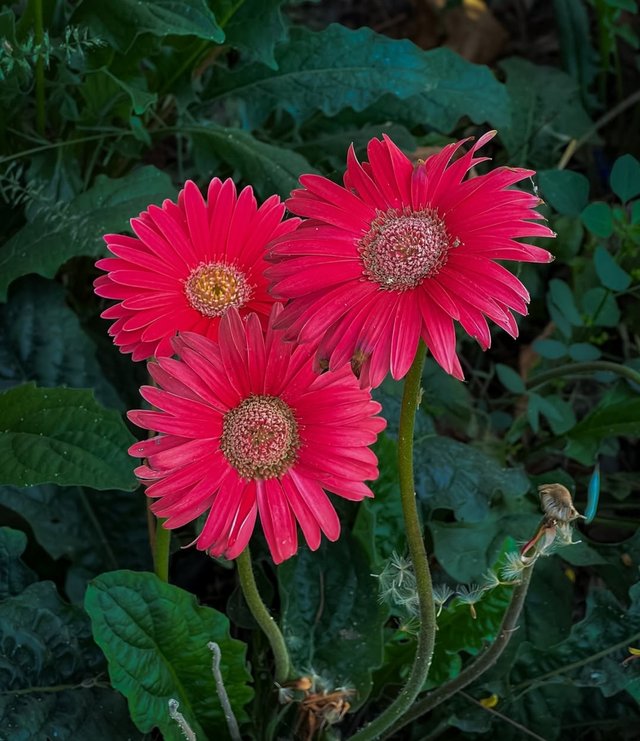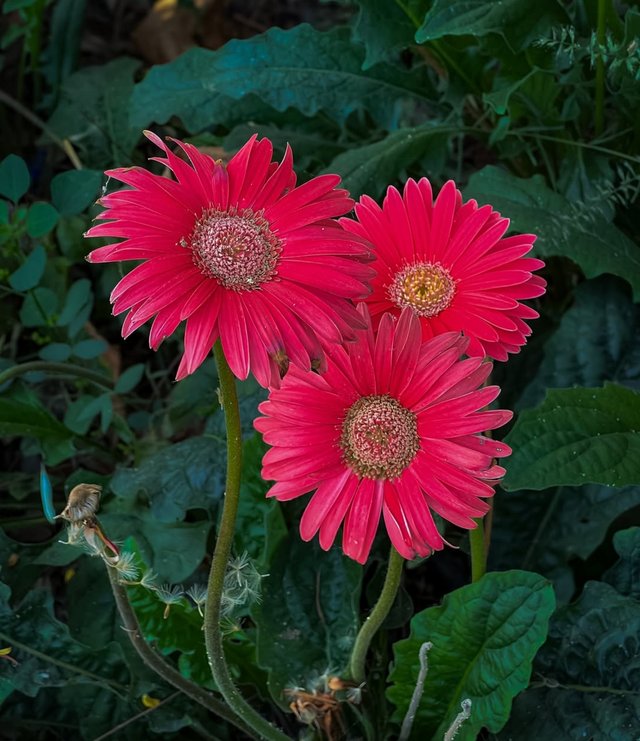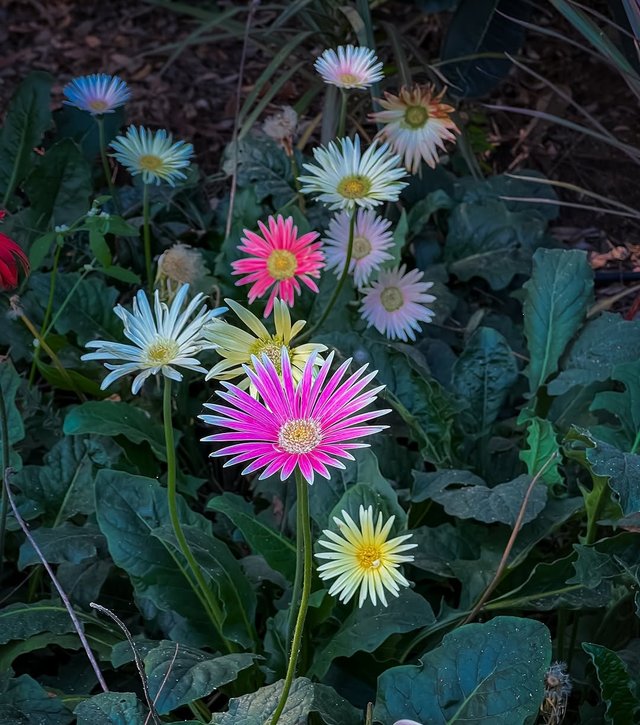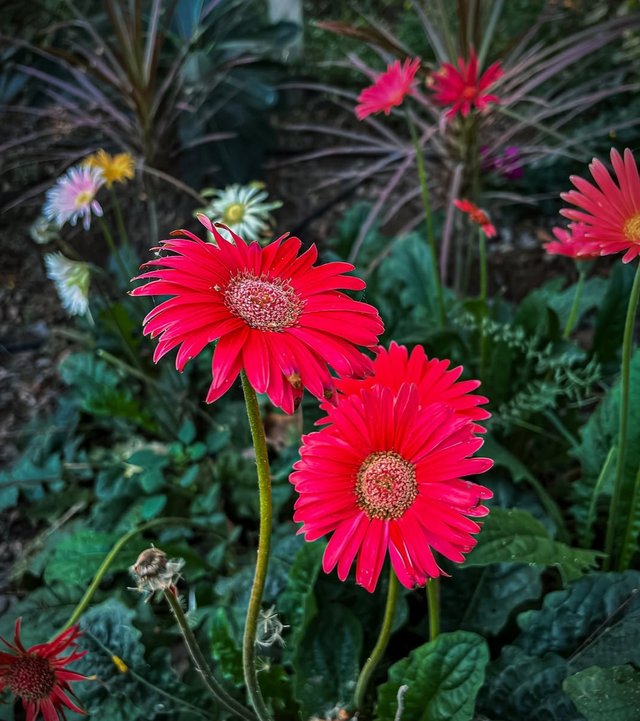Barberton Daisy Flower
The Barberton daisy, also known as the Transvaal daisy, is one of the most cheerful and colorful flowering plants cultivated around the world. Belonging to the Asteraceae family, this daisy has become a global favorite in gardens, greenhouses, and floral arrangements thanks to its large, radiant blooms and wide palette of colors. Native to South Africa, particularly the Barberton region in Mpumalanga, it carries both ornamental charm and cultural importance.
Origins and History
The Barberton daisy was first discovered in the 19th century in the grasslands of South Africa. It was named after Robert Jameson, a Scottish-born naturalist and explorer who collected specimens near Barberton in 1884. The discovery quickly caught the attention of botanists and horticulturists, who recognized its potential as a decorative plant. Breeders in Europe and elsewhere soon began developing hybrids, leading to the diverse and vibrant varieties we see today.
Botanical Features
Barberton daisies are herbaceous perennials with a rosette of long, lance-shaped, sometimes lobed leaves. From this leafy base rise tall, sturdy stems that hold the iconic flowers high above the foliage. The blooms are striking, with a central disk surrounded by layers of bright ray florets. Colors range from fiery reds and oranges to pinks, purples, yellows, and even pure white.
Each flower can measure up to 12–15 cm in diameter, making them particularly showy. Unlike some daisies that bloom fleetingly, Barberton daisies produce flowers over a long period, especially when grown under favorable conditions.
Cultivation and Care
The Barberton daisy is valued not only for its beauty but also for its adaptability. It thrives in well-drained soil with plenty of organic matter and prefers a sunny position, though it appreciates partial shade in very hot climates.
Watering: Moderate watering is needed—enough to keep the soil moist but not waterlogged, as the plant is prone to root rot.
Climate: Best suited for mild to warm climates, it is frost-sensitive but can be grown as an annual in cooler regions.
Propagation: The plant can be propagated by division, seeds, or tissue culture. Commercially, tissue culture is widely used to ensure uniform quality.
Maintenance: Deadheading spent blooms encourages further flowering. Fertilizing with a balanced, slow-release fertilizer helps sustain vibrant growth.
In greenhouse or commercial cultivation, Barberton daisies are grown for the cut-flower industry, where they are prized for their long-lasting blooms and vase life.




%20(8).jpeg)